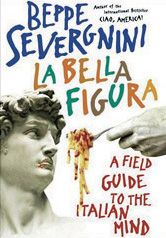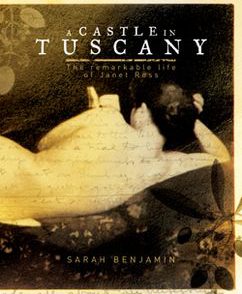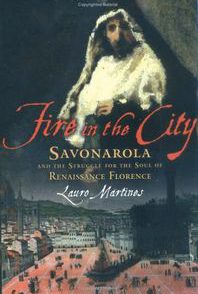I wasn’t surprised to read that Linda Proud spent 11 years researching A Tabernacle for the Sun and Pallas & the Centaur, two of the books that make up her ‘Botticelli Trilogy’.Their erudition, depth and breadth are quite astonishing. They are the work of a literary critic and historian of art, society, and philosophy. But most of all they are the work of a story-teller. Out of the myriad of fictions ‘inspired’ by Florence, these seem to be two of the most thoughtful, intelligent and artistic.
The events of the first volume, A Tabernacle for the Sun, are briefly based on the Pazzi conspiracy. A young Volterra boy is embroiled in a conflict of loyalties between his native heritage and his hero, Lorenzo de’ Medici, whose Platonic Academy exerts mystical charm on the boy’s impressionable mind. Political controversies are transposed onto philosophical problems and then beautifully maneuvered into Botticelli’s emblematic painting, the Primavera. What is the nature of freedom? And where, in art, literature and politics, is it to be found? These fundamental questions underlie the story.
The second, no less enthralling volume, Pallas & the Centaur, poses equally profound questions, this time surrounding the enigmatic figure of Lorenzo himself. Deftly disposed throughout the story are five intriguing female characters: Lorenzo de Medici’s mother, whom the poet-narrator Poliziano adores for her intelligence and wisdom; Lorenzo’s wife, whom he abhors for her dogmatic piety and illiteracy; his sister, who enchants him with her eccentric desire to be just like him; Cassandra Fidelis, a learned woman who frightens him; and the Virgin Mary, whose image torments him with its ideal of perfect motherhood. This makes for a deeply textured and intelligent discourse on femininity in a period of Florentine history often represented as having been dominated by male figures.
The author’s commitment to balance is evident everywhere but most especially in the two narrative voices, one a man’s, the other a woman’s—a difficult task but stylishly accomplished. In fact, as the story is gradually fused with Botticelli’s painting of Pallas and the centaur, you realize that Proud’s resounding conclusion is the ‘unity of difference’: man with beast, reason with passion, Plato with God, man with woman.
You won’t find a pair of books handsomer than these. And if you pop along to BM Bookshop on Borgo Ognissanti, you can pick up a special autographed edition as well.







